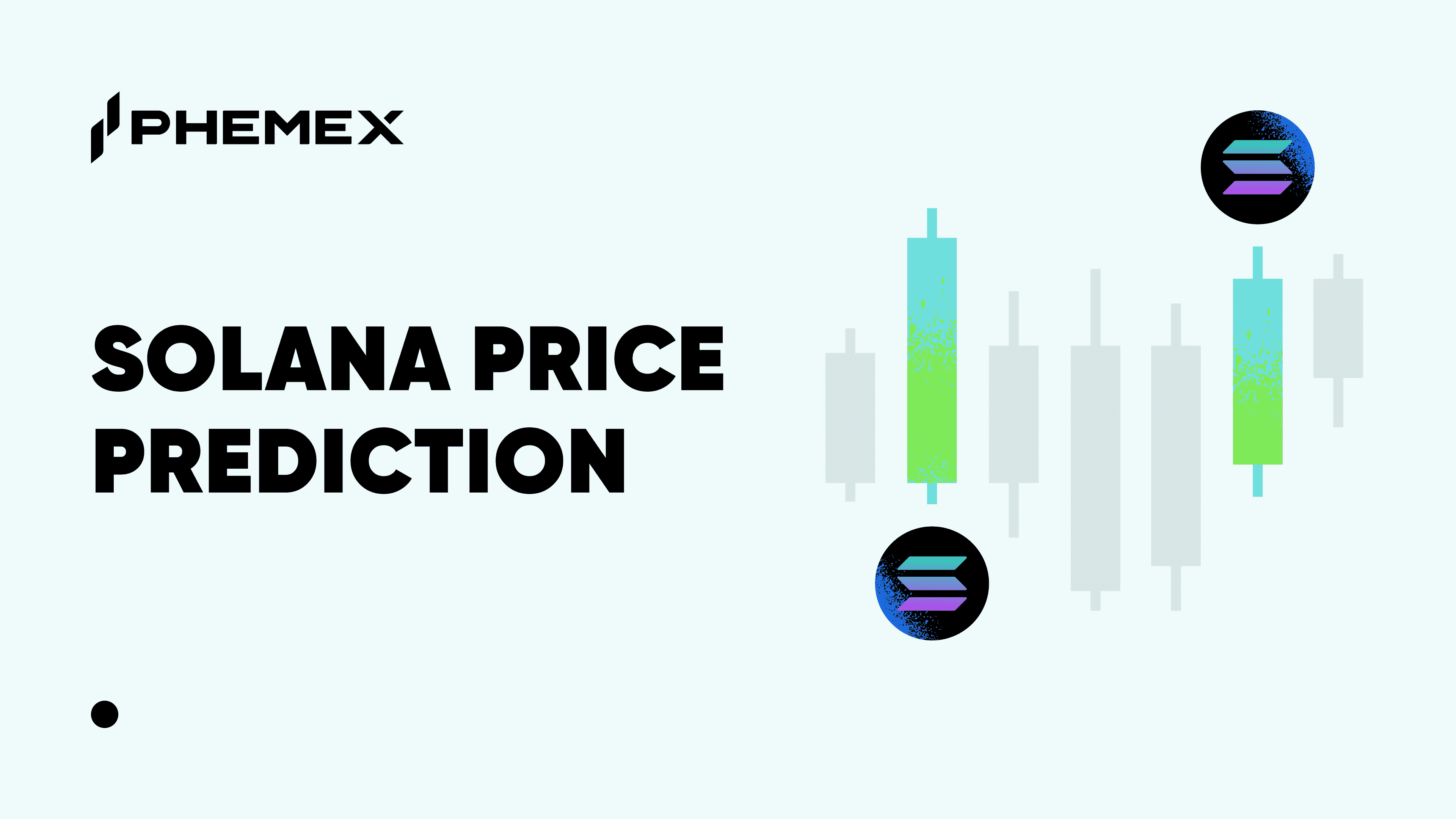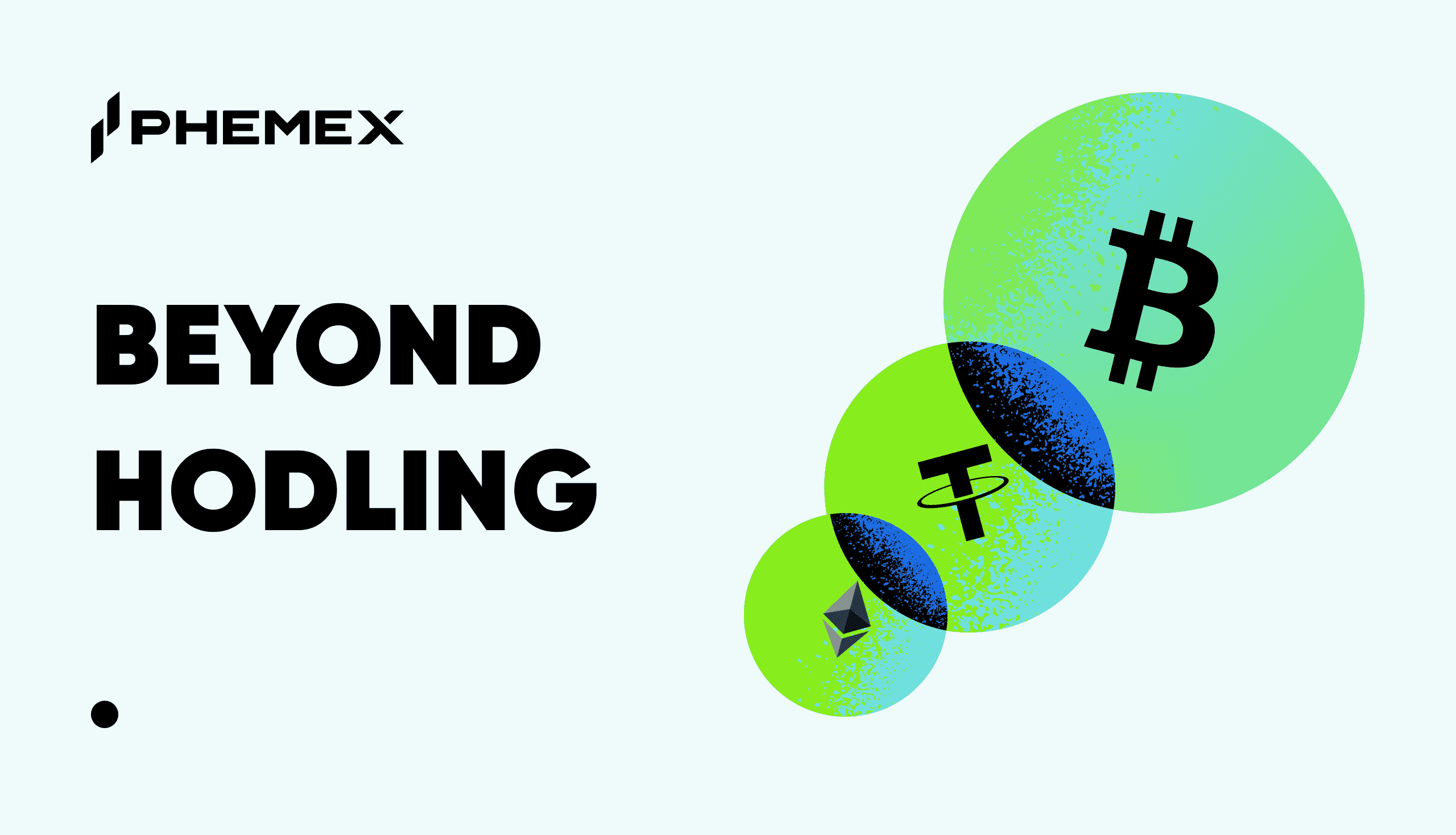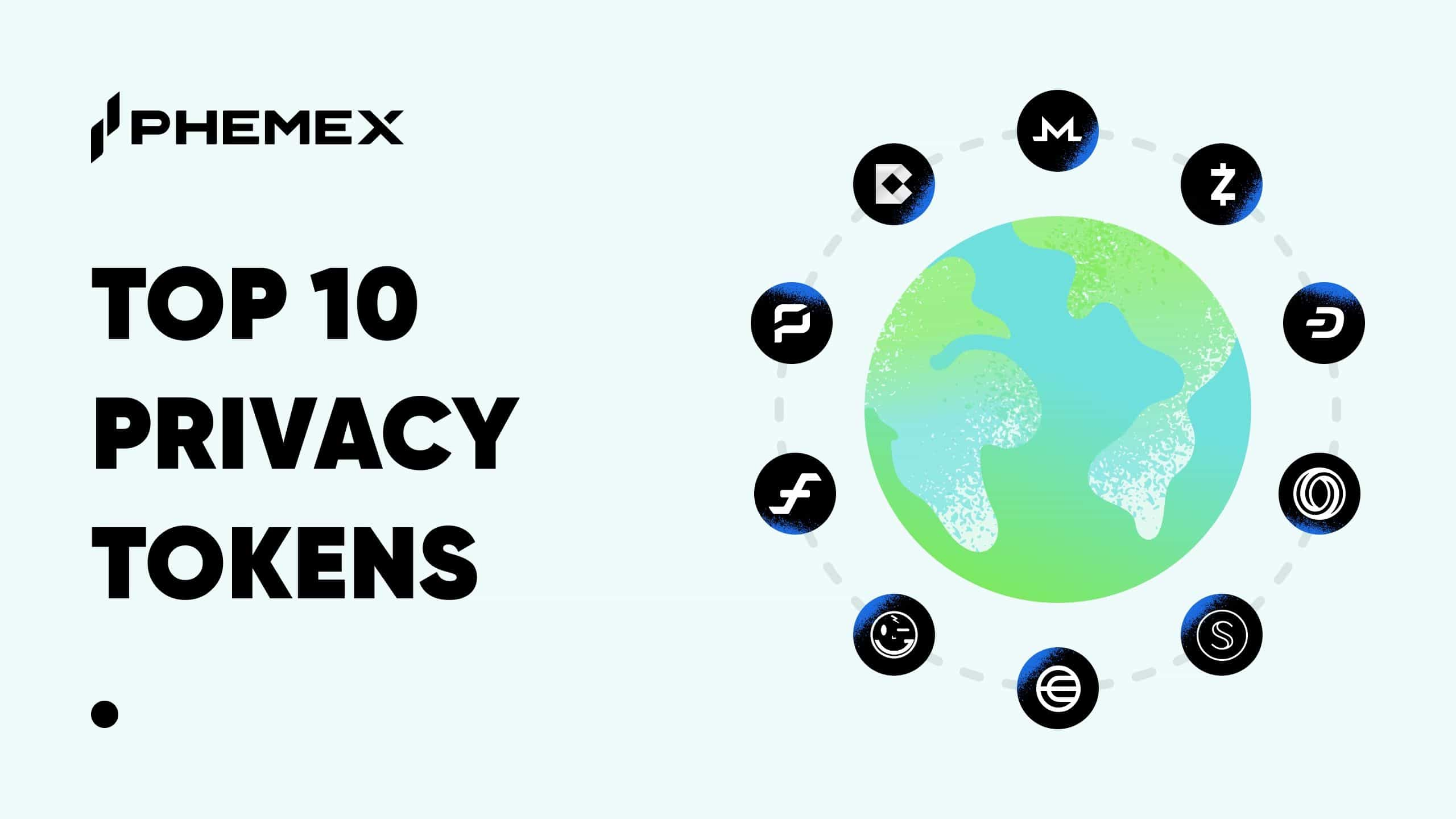The digital world is on the brink of a monumental paradigm shift, one that promises to redefine the very fabric of our online interactions. Two of the most transformative technologies of our time, Artificial Intelligence (AI) and Web3, are no longer developing on parallel tracks; they are beginning to converge in powerful and unexpected ways. Separately, they are world-changing forces. AI offers intelligence, learning, and automation on a massive scale. Web3 provides a new foundation of decentralization, verifiable ownership, and user-centric trust.
Together, they answer each other's biggest questions and solve each other's most significant limitations. What happens when machine intelligence meets decentralized, trustless infrastructure? This isn't just a technical curiosity; it's the architectural blueprint for the next generation of applications, economies, and digital societies. For traders seeking an edge, builders creating new platforms, and enthusiasts looking toward the future, understanding this synergy is no longer optional—it's the most critical alpha you can find.
This definitive guide will deconstruct everything you need to know about the AI and Web3 revolution. We'll move from foundational concepts and tangible, real-world use cases to a deep dive into the top projects leading the charge, giving you a comprehensive map of this exciting new frontier.
What Is the Role of AI in Web3?
At its core, artificial intelligence is the science of creating systems that can perform tasks that typically require human intelligence. This includes learning from data, reasoning through problems, understanding natural language, and making predictions. It's the engine of personalization and automation that powers today's Web2 world. Web3, on the other hand, is a fundamental reimagining of the internet's infrastructure, built on decentralized principles like blockchain technology, tokenization, and user-centric data ownership.
The role of AI in Web3 is to act as the “intelligent brain” for the decentralized “trust layer.” While blockchain provides a secure, transparent, and immutable foundation for transactions and data, it is inherently passive. It records what happens, but it doesn't think about what happens. AI provides that missing cognitive layer. It can analyze the vast ocean of on-chain data, automate complex processes with intelligence, and create personalized user experiences that are currently lacking in the often-clunky Web3 world.
This synergy unlocks a new design space for applications. Here are some of the most critical use cases and examples:
-
Intelligent dApps (Decentralized Applications): AI is poised to supercharge dApps, moving them from simple transactional tools to dynamic, responsive platforms. Imagine a DeFi lending protocol that doesn't just offer static interest rates but uses an AI model to dynamically adjust rates based on real-time market volatility, liquidity pool depth, and even social media sentiment. Or consider an NFT marketplace that uses AI to provide a dynamic "fair value" estimate for an asset by analyzing its trait rarity, historical sales data of similar assets, artist reputation, and recent social media mentions.
-
DAO Governance and Operations: Decentralized Autonomous Organizations (DAOs) are a cornerstone of Web3, but they often suffer from voter apathy and information overload. AI can solve this. AI agents can be programmed to read lengthy, complex governance proposals and provide concise, unbiased summaries for DAO members. They can also analyze voting patterns to detect potential Sybil attacks (where one entity uses multiple wallets to gain unfair influence) or even simulate the potential economic impact of a proposal before it's put to a vote, empowering members to make more informed decisions.
-
Enhanced Security and Exploit Detection: The immutable nature of blockchain means that exploits are often irreversible and catastrophic. AI offers a powerful defensive shield. Machine learning models can be trained on historical blockchain transaction data to recognize patterns associated with malicious activity. An AI system could monitor the mempool in real-time and flag a transaction that looks suspiciously like the start of a smart contract exploit, giving developers or the community a critical, albeit small, window to react. This moves security from a reactive to a proactive stance.
How Is AI Transforming Web3 Technology?
AI isn't just adding a new feature set to Web3; it's fundamentally enhancing its core technological primitives. It acts as a force multiplier, making the foundational elements of Web3 more powerful, accessible, and efficient. The transformation is happening across three key areas:
-
Smarter Smart Contracts: The term "smart contract" is a bit of a misnomer; they are not inherently intelligent, but are rather rigid, automated agreements that execute based on "if-this-then-that" logic. AI is changing this. Before deployment, AI-powered auditing tools can scan smart contract code for vulnerabilities, recognizing malicious patterns that human auditors might miss. More excitingly, AI is enabling the creation of "adaptive smart contracts." For example, a decentralized insurance protocol could use an AI-powered oracle to assess a flight delay claim. Instead of just relying on a simple data feed, the AI could analyze airline data, weather patterns, and even airport news to make a nuanced decision on the payout, creating a fairer and more robust system.
-
Hyper-Automation of On-Chain Activity: The complexity of Web3 often requires users to manually perform dozens of steps to execute a single strategy. AI agents are here to automate this entirely. Imagine a sophisticated DeFi yield-farming agent. A user could simply state their goal: "Achieve the highest stablecoin yield with moderate risk." The AI agent would then go to work 24/7. It would monitor APYs across multiple chains, calculate gas fees in real-time, analyze the security scores of different protocols, and then autonomously execute a complex sequence of actions—bridging assets, swapping tokens, staking LPs, and harvesting rewards—all while the user is asleep. This level of hyper-automation will be essential for onboarding the next billion users.
-
A Radically Improved User Experience (UX): It's no secret that the user experience in Web3 can be intimidating for newcomers, filled with long hexadecimal addresses, confusing gas fee calculations, and unforgiving transaction finality. AI is the key to abstracting away this complexity. We are moving towards "Intent-Centric" architectures, where users simply state their desired outcome (their "intent"), and an AI-powered backend figures out the optimal path to achieve it. This could manifest as natural language wallets ("send 0.1 ETH to my friend Bob's new project"), predictive transaction interfaces that pre-fill common fields, or intelligent onboarding systems that guide new users through their first dApp interactions based on their learning pace.
Are AI, Machine Learning, and Web3 Related?
Yes, they are not just related; they form a symbiotic, self-reinforcing triangle that creates a powerful "data flywheel."
-
Correlation: Web3, at its heart, is a generator of high-integrity, publicly verifiable data. Every transaction, every vote, every interaction is recorded on an immutable ledger. Machine Learning (ML), which is the subset of AI focused on training models from data, thrives on large, high-quality datasets. The correlation is that Web3 provides the perfect, untampered fuel (on-chain data) that advanced ML models need to learn and make accurate predictions.
-
Interaction: The interaction is a continuous, two-way loop. First, ML models are trained on the vast public data from Web3 blockchains to identify patterns and generate insights. Then, AI agents can take those insights and act on them within the Web3 ecosystem—for example, by executing a trade based on a predictive signal, reallocating assets in a DeFi portfolio, or casting a vote in a DAO based on a sentiment analysis of the community discussion.
-
Architecture: This creates a combined architecture for truly decentralized intelligent systems. This "Data Flywheel" works as follows: Web3 provides clean data -> ML models train on it to become smarter -> AI agents use these models to perform intelligent actions on-chain -> these actions generate new on-chain data -> the flywheel spins faster, creating an ever-improving, self-sustaining intelligent ecosystem. This architecture allows for the creation of AI models that aren't owned by a single corporation but by a DAO, with their operations transparently governed by community-owned smart contracts.
However, challenges remain, such as the high computational cost of running complex AI models on-chain. This is why a new field called Zero-Knowledge Machine Learning (ZKML) is emerging, aiming to prove the result of an AI model's computation without having to re-run the entire computation on the blockchain, promising a scalable future for on-chain intelligence.
Top Web3 AI Projects to Watch in 2025
The Web3 AI space is exploding with innovation. While it's essential to do your own research (DYOR), here are a few leading projects that demonstrate the sector's potential and are actively shaping its future.
(Disclaimer: This is not financial advice. The following information is for educational purposes only.)
1. Bittensor (TAO)
-
Mission: Bittensor is creating a groundbreaking decentralized network where machine learning models can collaborate and compete. It essentially forms a global, peer-to-peer marketplace for artificial intelligence, incentivizing developers worldwide to contribute their models and improve the collective intelligence of the network. The goal is to create a more efficient and diverse AI landscape than what a single company could build alone.
-
Ecosystem Role & Link: The TAO token is the lifeblood of this ecosystem, used to reward the AI models that provide the most value and to facilitate governance. As one of the most-watched projects in the space, understanding its long-term potential is crucial for any serious enthusiast. For a detailed analysis, you can explore the Bittensor (TAO) price prediction for 2025-2030.
-
Why it matters: By creating an open and competitive market for machine intelligence, Bittensor aims to become a decentralized alternative to the AI monopolies of Big Tech, accelerating innovation in a permissionless way.
2. Render (RENDER)
-
Mission: Render addresses a critical bottleneck for AI and graphics: the need for massive computational power. It creates a decentralized marketplace for GPU rendering, connecting artists, designers, and AI developers with a global network of idle graphics cards. This effectively transforms a vast, underutilized global resource into a distributed supercomputer.
-
Ecosystem Role & Link: RENDER is the utility token that powers the network. Creators spend RENDER to get their projects rendered, and GPU providers earn RENDER for their services.
-
Why it matters: Render is building the foundational infrastructure for the next generation of AI and the metaverse. As the demand for GPU power continues to skyrocket for training large models and rendering immersive worlds, a decentralized, cost-effective solution could become essential.
3. Artificial Superintelligence Alliance (FET)
-
Mission: ASI:One represents a significant advancement as the world's first Web3-native Large Language Model (LLM) designed specifically for agentic AI. Unlike general-purpose LLMs, ASI:One is optimized for the complex interactions and autonomous decision-making required by AI agents operating within a decentralized environment. It is engineered to think, reason, and act autonomously, enabling next-level adaptive reasoning and context-aware decision-making.
-
Ecosystem Role: A key innovation is its focus on agentic AI, allowing it to excel at complex, multi-step tasks requiring autonomous operation without constant user intervention. Its integration with the ASI wallet, powered by the FET token, enables seamless and secure transactions and interactions within the ASI network, deeply connecting it to the decentralized world.
-
Why it matters: By creating a language model that can truly act autonomously—not just respond—ASI:One is paving the way for a new generation of intelligent applications in Web3. This unlocks the potential for truly autonomous agents to revolutionize areas like DeFi, supply chain management, and personalized AI assistants within a decentralized framework.
4. Story Protocol (IP)
-
Mission: With the explosion of generative AI, a new problem has emerged: how to manage intellectual property. Story Protocol is building the solution—an on-chain IP layer for the internet. It allows creators to register their work (text, images, music) as on-chain assets, enabling transparent tracking of provenance, facilitating permissionless remixing, and ensuring fair revenue sharing.
-
Ecosystem Role: This protocol aims to create a new, programmable IP economy where intellectual property is as liquid and composable as a DeFi token. Its native token will likely be central to this, used for IP registration, licensing transactions, and governing the evolution of the platform itself.
-
Why it matters: In an age of infinite, AI-driven content, Story Protocol could become the essential "plumbing" that ensures creators get recognized and paid, solving one of the biggest challenges of the generative era and fostering a new wave of creativity.
5. Virtuals Protocol (VIRTUAL)
-
Mission: Virtuals Protocol is bringing AI characters to life on the blockchain. It enables the creation of “Virtuals”—ownable AI personas that can be integrated into NFTs, game characters, or digital companions. These virtuals have their own memory and can evolve through interactions, creating a new layer of dynamic personality for the digital world.
-
Ecosystem Role: VIRTUAL is the utility token that powers this ecosystem. It's used to create, train, and transact with these AI personas, fueling a new economy of intelligent, decentralized characters and their unique skills or knowledge.
-
Why it matters: As AI-generated avatars, NPCs, and digital companions become mainstream, Virtuals Protocol could power the next wave of human-AI interaction in gaming, social media, and the metaverse, making our digital experiences feel more alive and personal.
How Can You Join the Web3 AI Movement?
Getting involved in this exciting sector is more accessible than you might think. It's not just for developers; investors, users, and community members all have a role to play. Here’s how you can start:
-
Explore AI Tokens: The most direct way for many is to research and potentially invest in the native tokens of leading Web3 AI projects. These tokens are more than just speculative assets; they are the economic lifeblood of their ecosystems, often used for governance, staking, and accessing network services. Before investing, conduct thorough due diligence: read the project's whitepaper, evaluate its tokenomics, research the team's background, and assess the level of activity in its developer community.
-
Use AI-Powered Tools: Start integrating the growing number of AI-powered Web3 tools into your workflow. These can give you a significant analytical edge. Use AI-driven on-chain analytics platforms like Nansen or Arkham to track smart money movements. Leverage AI-powered portfolio trackers that can provide insights and alerts based on your holdings. For advanced traders, exploring AI-driven trading bots can help automate strategies and capitalize on market opportunities.
-
Join the Communities: The heart of Web3 is its communities. This is where the real alpha is often shared first. Join the Discord, Telegram, and governance forums of the projects that interest you. Don't just lurk; participate. Ask thoughtful questions, listen to developer calls, read through governance proposals, and get a feel for the project's direction and the health of its community. A strong, engaged community is often a leading indicator of a project's long-term success.
Frequently Asked Questions (FAQ)
Will AI replace Web3 or work with it?
They will absolutely work together in a symbiotic relationship. They are complementary technologies, not competitive ones. Web3 provides the trust, security, and economic foundation—the "bones" of the new internet. AI provides the intelligence, efficiency, and personalization to operate on top of that foundation—the "brains." One without the other is incomplete for the future we're building.
What are the real-world examples of AI-powered Web3 apps?
Examples are emerging daily and are becoming increasingly sophisticated. Think of decentralized prediction markets like Polymarket that could use AI to dynamically price outcomes based on a wider array of data sources. Consider Web3 games where NPCs are not scripted but are powered by large language models, allowing for unique, unscripted conversations with every player. In DeFi, AI is powering risk assessment models for undercollateralized lending and creating more efficient market-making algorithms.
Is AI in Web3 just hype or does it have real utility?
While there is certainly a significant amount of hype, the real utility is undeniable and growing. The ability to automate complex on-chain strategies, provide proactive security audits for smart contracts, and drastically improve the user experience are tangible benefits solving real problems in Web3 today. The "hype" is often focused on future possibilities, but the "utility" is already being deployed and creating value.
How are AI agents being used in blockchain?
AI agents are autonomous programs that can act on behalf of a user or a protocol on the blockchain. They are given a goal and a set of rules, and they execute tasks to achieve that goal. For example, an agent can be tasked with keeping a user's collateral-to-debt ratio within a safe range on a lending protocol, automatically adding collateral or paying back debt as asset prices fluctuate. In another instance, an agent could perform arbitrage, constantly monitoring prices across dozens of decentralized exchanges and executing profitable trades the moment an opportunity arises.
Can I invest in AI + Web3 projects? How?
Yes. The primary way for most people to invest is by purchasing the native utility tokens of these projects on a cryptocurrency exchange. These tokens often grant governance rights (allowing you to vote on the project's future), access to specific network services, or are used as the main currency within the project's ecosystem. A rising token value often reflects the growing adoption and utility of the network. You can find and trade a wide range of AI-related tokens after conducting your own thorough research.
Conclusion: The Dawn of an Intelligent, Decentralized Era
The convergence of Web3 and AI is not a distant, theoretical dream; it's a practical and accelerating reality happening right now. This powerful synergy is actively solving the most significant challenges facing each field. It brings verifiable trust and transparent data to the often-opaque world of AI, while simultaneously bringing scalable intelligence and automation to the often-clunky and complex world of Web3.
By creating this new architectural paradigm, the leaders in this space are setting the stage for the next digital revolution. This will unlock applications and economic models we can barely imagine today—from fully autonomous, self-improving organizations to personalized digital economies that are owned and controlled by their users. For those who pay attention, the opportunities to build, invest, and participate in this new era are immense and are just beginning to unfold.
Curious to explore AI + Web3 tokens? Platforms like Phemex offer a growing list of top AI tokens—including TAO, RENDER, and FET—for you to trade, invest, and stay ahead of the curve.










